Nobel peace prize anniversary: Yemen looks set for another year of hunger
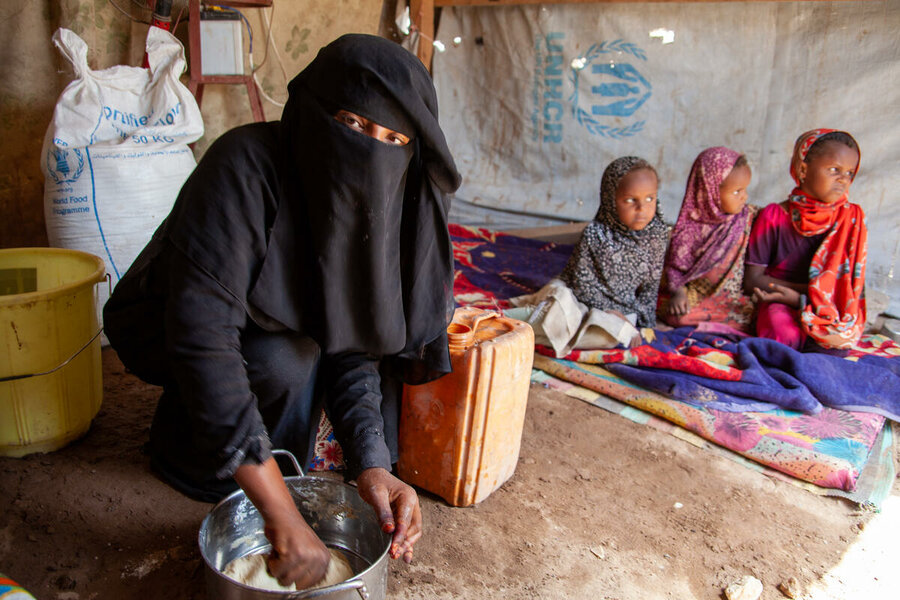
In Yemen, one of the world’s worst humanitarian crises, seven years of conflict show no sign of abating, nor does rising hunger. As fighting continues to displace tens of thousands while disrupting access to nutritious food for millions of people, over half the population – 16.2 million people – are facing acute hunger, with 5.1 million people at risk of famine. Half of all children under 5 – 2.3 million – are at risk of malnutrition this year.
The World Food Programme (WFP) provides emergency food assistance – as in-kind rations, vouchers or cash – to nearly 13 million people, prioritizing areas with the highest rates of food insecurity. But nearly 3 million have received assistance on alternate months instead of monthly for the last 19 months due to funding shortfalls. Where this is happening, inadequate food consumption, one measure of hunger tracked by WFP, is rising, underscoring how vitally important food assistance is for families – and how precarious the food security situation remains.
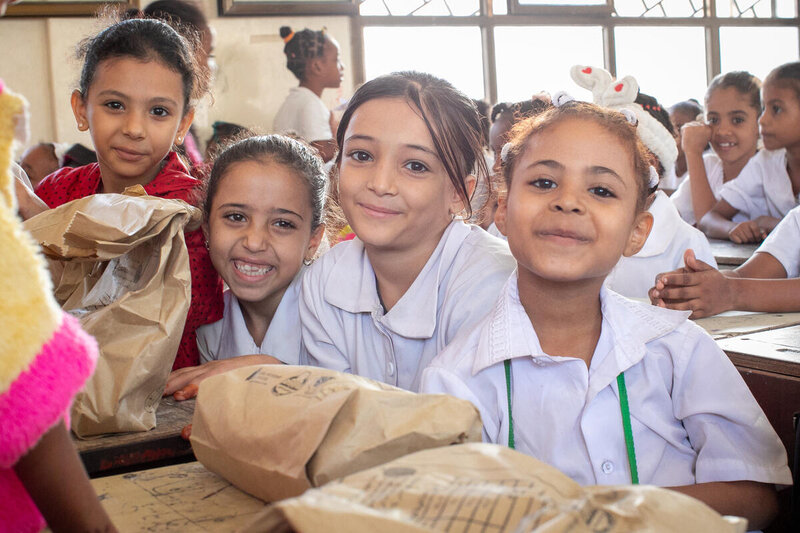
“We live in a war zone,” says Medleen, a health worker at a WFP-supported nutrition clinic in Lahj. “The high prices have trapped people and they can no longer eat even one meal a day.”
The cost of food has more than doubled this year alone in parts of Yemen, pushing it further and further out of reach for many families.
“My kids say ‘Baba, we are hungry’,” says Ali, a father of five who lives in a camp for internally displaced persons in Aden. “I feel frustration and pain.”
“You feel terrible, and you have nothing to give them,” adds Ali’s wife, Afrah, who is pregnant with their sixth child.
Ali and Afrah receive cash assistance from WFP. Afrah describes what it means to her family: “When I receive the cash assistance, I feel as if I own the whole world. It takes a big burden off our shoulders, and we can buy stuff for the children.”
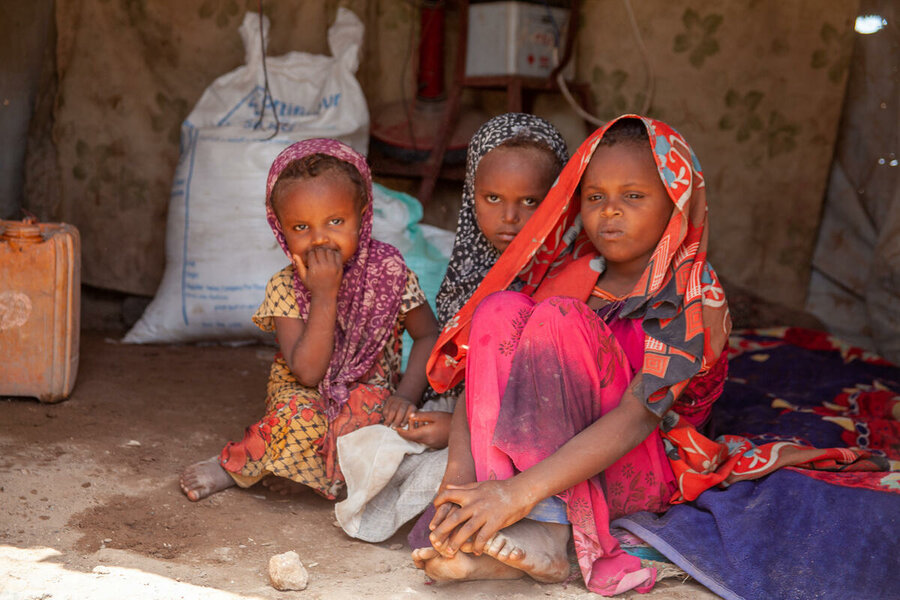
The rapid decline of the Yemeni riyal is one of the core drivers of rising hunger. The currency continues to regularly hit new record lows in southern Yemen, surpassing YER1,600 to US$1 in early December. The rate of depreciation has accelerated with a 26 percent slide in the last six weeks alone.
Added to that are Yemen’s nearly depleted foreign currency reserves, which make it increasingly difficult for the import-dependent country to finance food imports. In addition, global food prices are at a 10-year high. This means the important contributions received from donors to finance our food assistance programmes in Yemen and around the world don’t stretch as far as they used to.
“I wish the war ends, and the prices decrease and to live in safety and security,” says Huda, who lives in a camp for internally displaced people in Taiz and receives food assistance of staple foods – flour, oil, pulses, sugar and salt – from WFP.
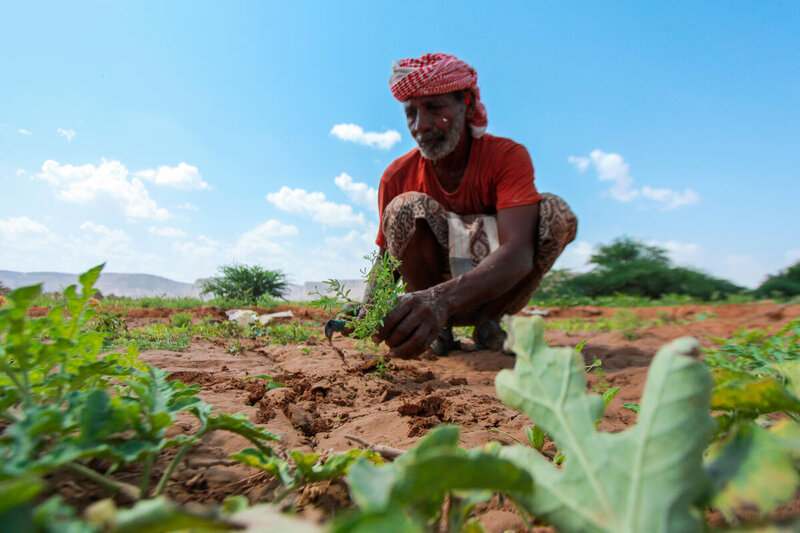
But with food prices in the market rising all the time, Huda struggles to afford fresh produce, dairy, or meat to supplement the rations she gets from WFP. “Sometimes, we eat bread for weeks. Only bread for all meals: breakfast, lunch and dinner. Sometimes the children sleep with no dinner,” says the mother of six.
Then there is the conflict. In Marib and Hodeidah there has been a wave of families being forced to move because of the conflict – tens of thousands of people since September alone. Many have been displaced for the second, third or even fourth time in nearly seven years of war, often moving from makeshift camp to makeshift camp in the hope of finding refuge as frontlines shift .
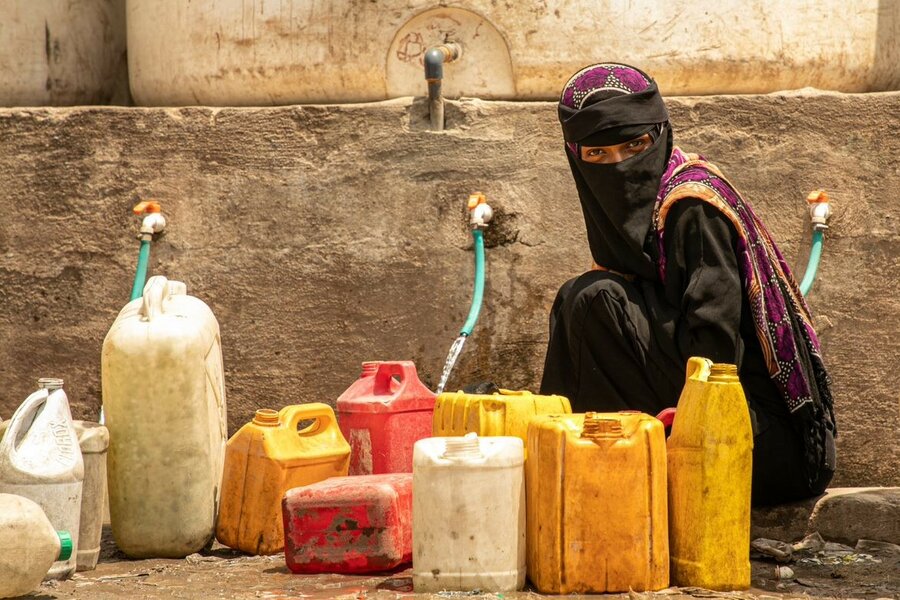
Families who have fled multiple times are among those most at risk of rising food insecurity: in Marib, a conflict hotspot, around half of families are facing inadequate food consumption, up from one in three at the start of the year.
Elham, who is pregnant, fled with her three children to a displaced persons camp near Marib city in May this year. It was the third time the family had been forced to move since the war began.
“The children are hungry, and we don’t have enough money to feed them. I wish for a future for my children that is better than ours. I wish them a bright future. I wish for safety and security for Yemen,” said Elham.
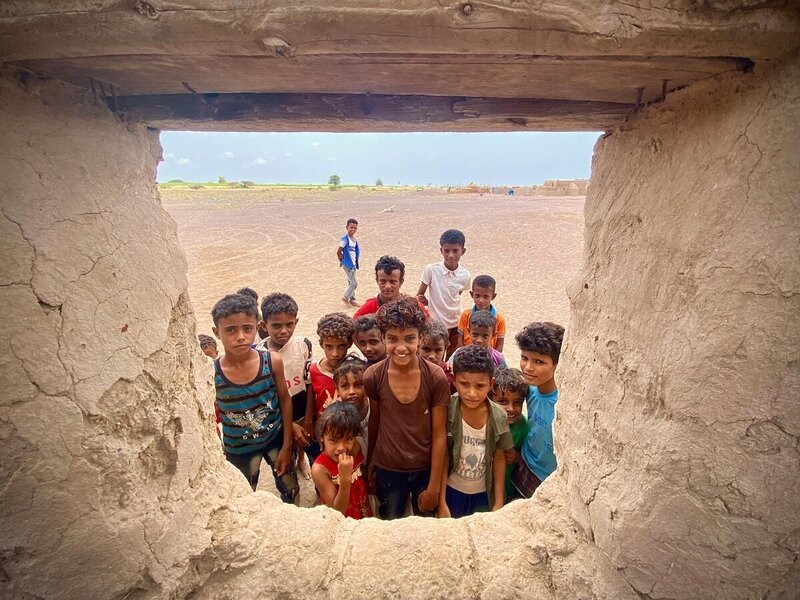
Elham is among over 3 million children and mothers who receive nutrition supplements from WFP to both treat and prevent malnutrition. Making sure this assistance reaches mothers like Elham in displacement camps is vital. Elham collects her nutritious supplement – a fortified porridge mix of wheat and soya – from a mobile clinic run by WFP in the camp. A father also living in that camp brought his five young children. All of them were malnourished.
Hanan, a health worker in the mobile clinic, handed the father nutrition supplements for his children. “There is no future for our children as long as the war continues in Yemen,” she says.
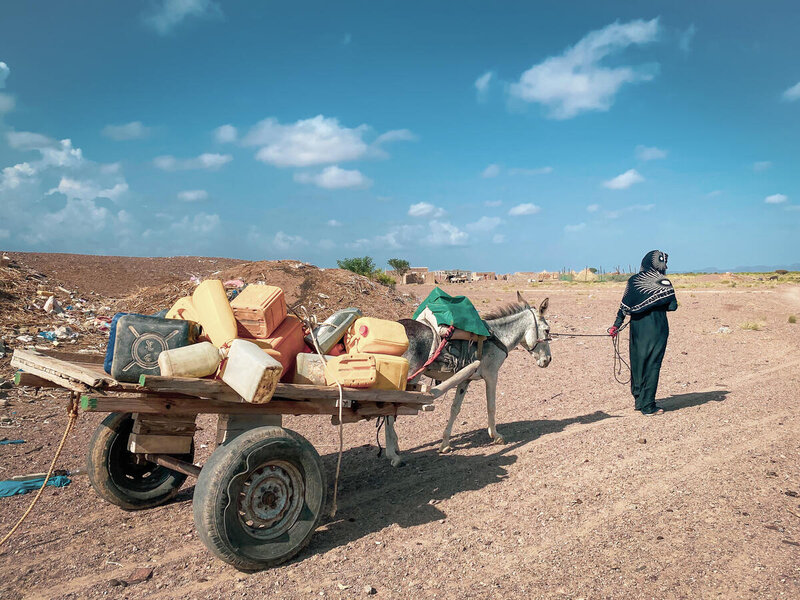
Hebatallah Munassar
Without WFP’s food assistance and nutrition support in Yemen the situation for families would be even worse. Any cuts to humanitarian assistance would also likely see food insecurity and malnutrition increase at an alarming rate, rapidly undoing donors’ investments to date.
This year WFP has delivered more than 1 million metric tons of food and distributed over US$130 million in cash assistance to acutely food insecure families across Yemen. Each day, more than 500 trucks are on the road in the country, navigating damaged roads, checkpoints and shifting frontlines to deliver vitally needed WFP food assistance to the children, women and men who need it most. But to continue saving lives, WFP needs funds - US$1.98 billion for 2022.
